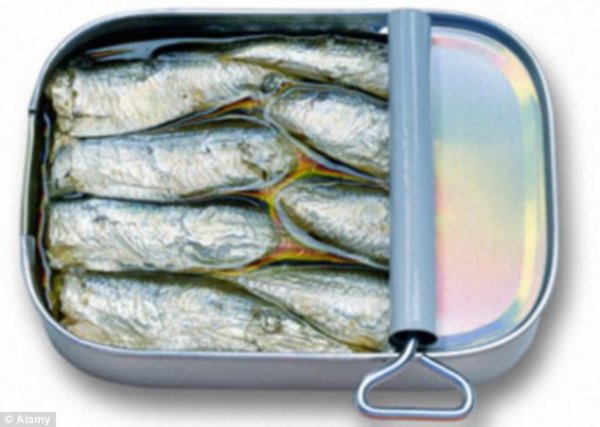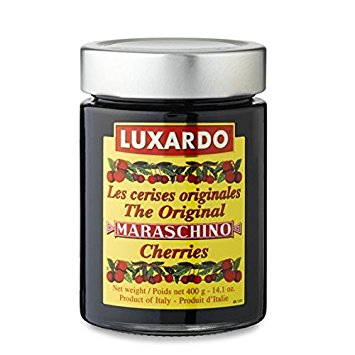marilynliddell
New in Town
- Messages
- 1
I was reminded of this by comments in another thread as well as a discussion with my young wife. I'm sure it's been talked to death already but I didn't get a chance to say anything. So here are some more thoughts.
First off, the Golden Era to me was the 1950s, although the early 60s weren't bad. No doubt the 1940s were better and everyone always says the nothing was better than the 1930s. But I don't remember those earlier decades as well but only because I hadn't been born yet, although I remember some things pretty well. We never quite leave the past behind, you know.
We do seem to leave a few foods behind, though, only to be replaced by newfangled foods like tacos, frozen pizza and instant mashed potatoes. For instance, who still makes Jello or instant pudding, you know, the stuff that you saw in stemware glasses in refrigerator advertisments being peddled by housewives who wore dresses, presumably because they were going to have their pictures taken.
For some reason, the one food item that I remember from my childhood in the 1950s was a kind of salad that consisted of a big spoonful of cottage cheese on a bed of lettuce topped with a cherry. I guess it was a food but I wouldn't eat it. There were a lot of things I wouldn't eat, like most kids, which may have been the reason I was skinny, but a cottage cheese salad was my favorite thing that I refused to eat. I don't think anything else came close.
A distant second and I mean a very distant second was celery. We didn't have it very often and if memory serves (it usually doesn't--I have to get it myself), it only appeared on the table at Thanksgiving and probably Christmas. It was placed in a funny shaped cut glass dish with a purple edge. I'm not sure if we had that dish for the purpose of serving celery or if we served celery as an excuse to use that particular dish. I have no idea what ever became of it but we don't have it and we therefore don't serve celery. There always seems to be celery in the refrigerator but I don't know why. It's always limp, too. At least it doesn't start sprouting like the baby carrots. Baby carrots didn't exist when I was little. That would probably make an interesting research project.
We had a garden, as did half the people in the neighborhood. Those who didn't were considered unpatriotic slaggards. Some of the food we grew was okay but there were some things I didn't think were that appetizing and still don't, in spite of having broadened my taste for unusual foods in the last 60 years, which has led to other things broadening. But I never saw the point of raising squash. My grandmother would eat it but it was on my list of untouchable foods. I think we may have grown it just to fill in the wasted space between the corn stalks. We also grew rhubarb. It grew in a little patch in a corner of the garden and for the longest time I thought it was a wild plant. More likely, it was what was called "voluntary." To this day I have no idea what it's used for.
We also grew vast quantities of leaf lettuce as well as onions. But I have come to understand that onions do not agree with some people.
First off, the Golden Era to me was the 1950s, although the early 60s weren't bad. No doubt the 1940s were better and everyone always says the nothing was better than the 1930s. But I don't remember those earlier decades as well but only because I hadn't been born yet, although I remember some things pretty well. We never quite leave the past behind, you know.
We do seem to leave a few foods behind, though, only to be replaced by newfangled foods like tacos, frozen pizza and instant mashed potatoes. For instance, who still makes Jello or instant pudding, you know, the stuff that you saw in stemware glasses in refrigerator advertisments being peddled by housewives who wore dresses, presumably because they were going to have their pictures taken.
For some reason, the one food item that I remember from my childhood in the 1950s was a kind of salad that consisted of a big spoonful of cottage cheese on a bed of lettuce topped with a cherry. I guess it was a food but I wouldn't eat it. There were a lot of things I wouldn't eat, like most kids, which may have been the reason I was skinny, but a cottage cheese salad was my favorite thing that I refused to eat. I don't think anything else came close.
A distant second and I mean a very distant second was celery. We didn't have it very often and if memory serves (it usually doesn't--I have to get it myself), it only appeared on the table at Thanksgiving and probably Christmas. It was placed in a funny shaped cut glass dish with a purple edge. I'm not sure if we had that dish for the purpose of serving celery or if we served celery as an excuse to use that particular dish. I have no idea what ever became of it but we don't have it and we therefore don't serve celery. There always seems to be celery in the refrigerator but I don't know why. It's always limp, too. At least it doesn't start sprouting like the baby carrots. Baby carrots didn't exist when I was little. That would probably make an interesting research project.
We had a garden, as did half the people in the neighborhood. Those who didn't were considered unpatriotic slaggards. Some of the food we grew was okay but there were some things I didn't think were that appetizing and still don't, in spite of having broadened my taste for unusual foods in the last 60 years, which has led to other things broadening. But I never saw the point of raising squash. My grandmother would eat it but it was on my list of untouchable foods. I think we may have grown it just to fill in the wasted space between the corn stalks. We also grew rhubarb. It grew in a little patch in a corner of the garden and for the longest time I thought it was a wild plant. More likely, it was what was called "voluntary." To this day I have no idea what it's used for.
We also grew vast quantities of leaf lettuce as well as onions. But I have come to understand that onions do not agree with some people.





